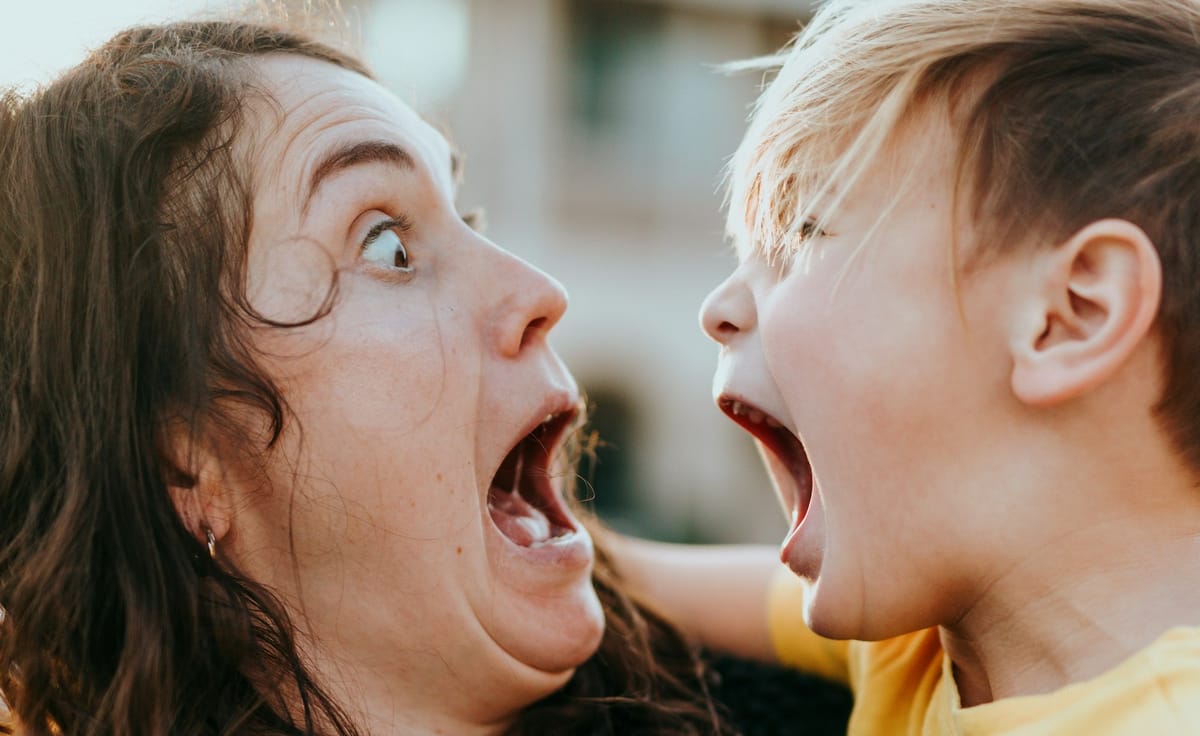When Kindergarteners Break Down: Understanding the Surge in Tantrums
Kindergarten tantrums are rising. This post explores the drivers, what teachers are seeing, and actionable strategies to support self‑regulation in early learners.

Ever been caught off guard by a kindergartner suddenly bursting into tears, yelling, or completely shutting down over something seemingly small? You’re not alone. Across the U.S., educators are witnessing a sharp rise in tantrums among kindergarten-aged children—and many are at a loss for why this is happening.
In a recent Education Week article, “‘Crying, Yelling, Shutting Down’: There’s a Surge in Kindergarten Tantrums. Why?” Elizabeth Heubeck reports that school leaders and teachers are alarmed by the spike in emotional outbursts among kindergarten students—behaviors like intense crying, yelling, or refusal to engage when things don’t go their way.
Survey data from the EdWeek Research Center’s 2024 State of Teaching report shows P–3 teachers broadly report declining social-emotional skills—such as listening, cooperation, and turn-taking—compared to five years ago.
While the pandemic is still considered a factor, experts observe a "trickle-down" effect: reduced preschool attendance during lockdowns and limited peer interaction during early childhood have impacted children’s emotional readiness.
Additional contributors include stress and emotional dysregulation modeled by parents undergoing financial and societal pressures, combined with high screen time and psychological absence from caregivers.
Why Dysregulation in Kindergarten Matters Long-Term
When young children struggle to regulate emotions in the early years, it can set a difficult precedent for the rest of their academic journey. Emotional dysregulation often leads to challenges with attention, peer relationships, and behavior management in elementary school. As children progress through school, unresolved self-regulation issues may manifest as frequent disciplinary actions, lower academic engagement, or social withdrawal.
Research shows that strong self-regulation in early childhood is linked to better academic performance, reduced stress levels, and more positive interactions with both peers and adults. Without early support, a child who struggles to manage frustration in kindergarten may face compounding issues by middle and high school—such as increased anxiety, conflict with authority, or difficulty completing tasks.
In essence, the ability to manage “big feelings” in kindergarten lays the groundwork for resilience, persistence, and focus throughout a child’s educational experience.
Takeaways for Teachers
1. Prioritize Social‑Emotional Foundations
Integrate play-based, relationship-building routines that explicitly teach turn-taking, frustration tolerance, and emotional vocabulary—even in academically driven classrooms.
2. Use Calm Co‑Regulation
When tantrums occur, adults maintaining regulated responses help students settle. Model breathing techniques or quiet presence to provide a steady anchor.
3. Partner With Families
Invite caregivers into the process through workshops or communications that highlight how caregiver stress and screen habits shape children’s self-regulation. This reinforces consistency between home and school.
4. Structure Predictable Classroom Routines
Minimize unexpected transitions or overstimulating moments. Predictability helps reduce opportunities for emotional overwhelm and gives children safety to regulate in known spaces.
5. Recognize When to Refer
Persistent, intense tantrums—especially those involving aggression or extended shutdowns—may flag underlying needs. Work closely with school counselors or specialists when patterns extend beyond typical behavior.
What one small change could you introduce into your classroom this fall to build emotional regulation?
❤ Enjoy this Article?
🍵 Show Your Support and 🤗 Share It



